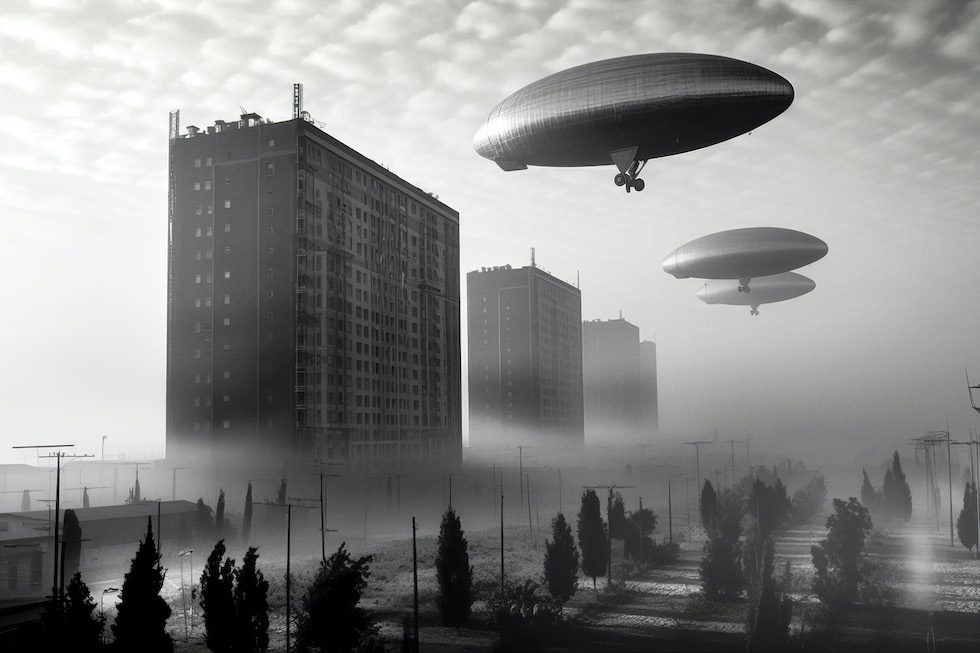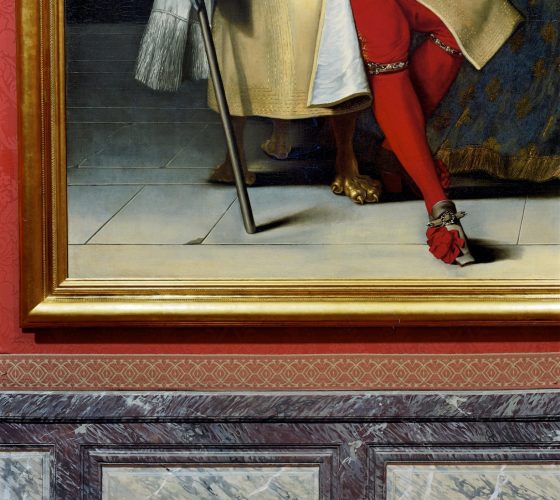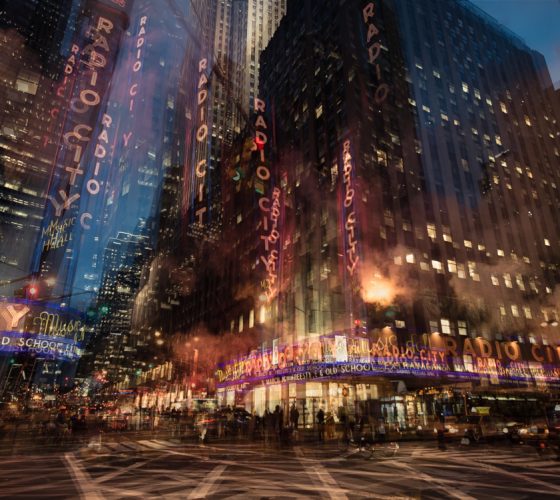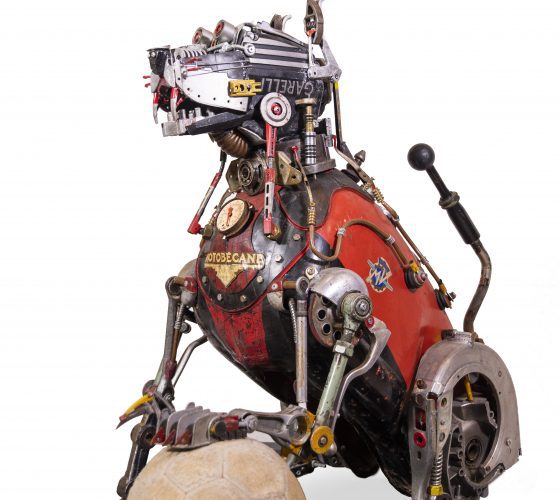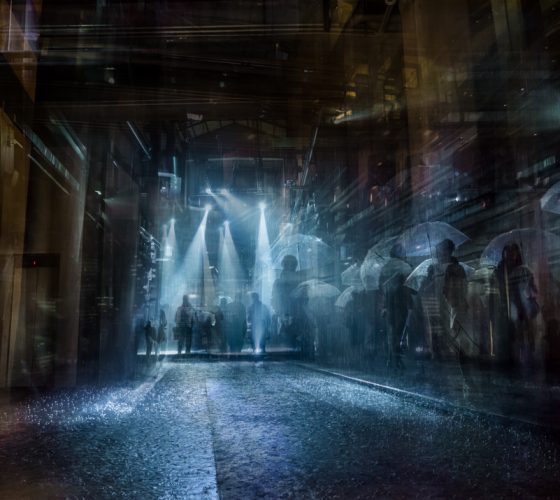The Invisible Cities
The Invisible Cities could be considered one of Calvino's most moody works, built over the course of several years, abandoned and then resumed, reorganized several times in folders dedicated to the seasons, the five senses, animals, heroes of mythology.
But Calvino is also at times driven by a creative compulsion, drawing inspiration both from everyday life and from his long travels, fantasizing between ideal cities and dystopian cities just as in the equally creative writing of an A.I. prompt. intended for image generation. And it just so happens that the algorithm used to create this project inspired by Calvino's work is called MidJourney, or Half-Viaggio. Relying on Artificial Intelligence is like whispering Dadaist phrases and words into a large algorithmic ear, waiting for it to return something unexpected and surprisingly dreamlike.
Therefore a psychedelic journey that oscillates between the mystical and mathematical dimensions, where the pressing symbiotic exchange between the individual imagination and the neural network of the AI takes on forms that are sometimes absolutely realistic, but also, on the contrary, free from any superstructure. aesthetics where in one fell swoop he is capable of mixing classical academicism with the chaotic pop of the web and the consequences of miscalculation, often returning completely irrational and unpredictable results without any logical process, finally defining a completely new method and figurative aesthetics .
In conclusion, to paraphrase an aphorism by Orson Welles, A.I. it is much more than a generator of visions, it is a means through which images reach us from another world.
Alessandro Bavari



